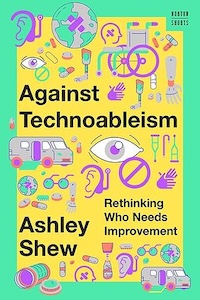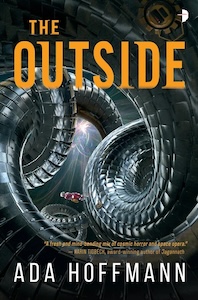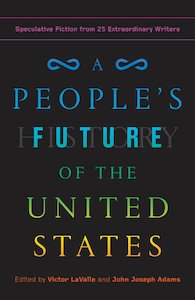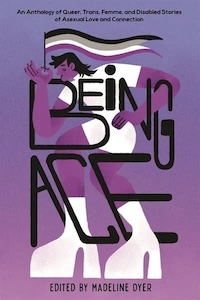“The Fallen” (The Outside No. 2) by Ada Hoffmann
The laws of physics acting on the planet of Jai have been forever upended; its surface completely altered, and its inhabitants permanently changed, causing chaos. Fearing heresy, the artificially intelligent Gods that once ruled the galaxy became the planet’s jailers.
Tiv Hunt, who once trusted these Gods completely, spends her days helping the last remaining survivors of Jai. Everyone is fighting for their freedom and they call out for drastic action from their saviour, Tiv’s girlfriend Yasira. But Yasira has become deeply ill, debilitated by her Outside exposure, and is barely able to breathe, let alone lead a revolution.
Hunted by the Gods and Akavi, the disgraced angel, Yasira and Tiv must delve further than ever before into the maddening mysteries of their fractured planet in order to save – or perhaps even destroy – their fading world.
Review
This was a fun and interesting sequel to “The Outside”. It sort of has the usual problem of being the middle of a trilogy so things can’t be completely resolved but it also does a good job of setting up where everyone is at and the conclusion that is coming. I really liked that Tiv took the main point of view in this story as she struggles to deal with everything and help Yasira. Their relationship in the book is great. Yasira is struggling to deal with a lot of changes and Tiv continues to be by her side as much as she can. I think some might get a little frustrated with Yadira’s attitude but it really made sense for all that had gone on and the complete change to her reality. The other characters in the book are great and I liked that we got to see more characters and how they are involved with everything going on. I’m looking forward to reading the last book in the series.
Warnings and additional reviews are available on the StoryGraph page for “The Fallen”.
Book Details

- Author’s Website
- Ada Hoffmann
- Publisher / Date
- Angry Robot, July 2021
- Genre
- Science Fiction
- Page Count
- 258 pages (some places say 368 but the digital version has less)
- Completion Date
- February 17, 2024



